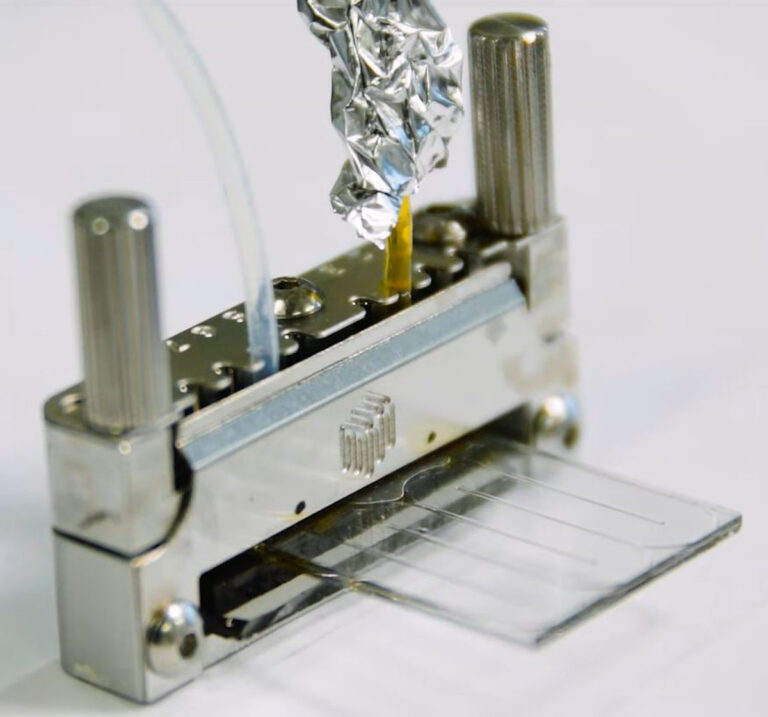A four-year research project from several German universities is investigating the release of molecules involved in molecular solar thermal energy (MOST). They plan to modify the molecules to obtain the best possible properties for the storage technology.
A German research group led by Goethe University Frankfurt is conducting research into MOST energy storage.
MOST energy storage is still in its infancy and is described as a method of storing solar energy, similar to a heat battery, but consisting of a large number of synthetically made molecules.
The Formost research project, which will run from 2023 to 2027, investigates the molecular mechanisms of energy storage and release in MOST molecules.
MOST molecules undergo structural changes upon contact with sunlight, a process known as photoinduced reaction. The structural change causes the molecules to absorb energy under the influence of light, which can later be released because the molecules have an on-off switch, leading to them being called photoswitches.
In the Formost project, the researchers are investigating three types of photoswitches: norbornadienes, azaborines and azobenzenes.
“When exposed to light, all three switch from their ground state to a state with higher energy storage, which changes their molecular structure and in some cases also their color,” Goethe University said in a press release.
Research has already shown that MOST molecules, which are largely composed of carbon, oxygen, nitrogen and hydrogen, have several benefits.
“All steps – conversion, storage and release of energy – are united in a single molecule,” explains Josef Wachtveitl, head of the Wachtveitl group, which is involved in the project.
Researchers from Goethe University found that MOST energy storage outperforms conventional solar thermal storage in direct comparisons. The molecules, which must be activated to release heat, make it possible to supply energy on demand. The system, which is completely CO2 neutral through storage, conversion and release, makes it possible to store heat for weeks or months as needed.
“MOST gives us much more flexibility in storing solar heat,” says Wachtveitl. He added that because all processes take place within one molecule, MOST heat storage systems can be set up anywhere, negating the need for a large production plant.
Work on the Formost project will continue, with researchers looking at modifying molecules to achieve the best properties for MOST storage. This includes looking for modifications to the photoswitches to allow them to absorb visible light, as they currently tend to absorb only in the UV range where this is adjacent to visible light, and assessing the charging processes in photoswitches.
The Formost project is a collaboration between Goethe University and universities in Tübingen, Giessen, Heidelberg and Erlangen, Germany.
This content is copyrighted and may not be reused. If you would like to collaborate with us and reuse some of our content, please contact: editors@pv-magazine.com.


